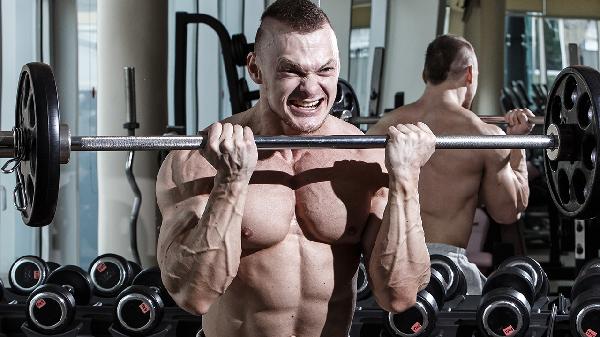If you're hitting the gym with dreams of bulging biceps and a chest that could stop traffic, you're probably wondering exactly how lifting weights turns into actual muscle growth. The short answer? It's all about breaking down muscle fibers so they rebuild bigger and stronger—but the science behind it is way cooler than just "lift heavy stuff." Your body is basically a high-tech construction site where protein synthesis, hormones, and mechanical tension team up to turn you into a jacked masterpiece. Let’s break down how this magic happens.

Muscle growth, or hypertrophy, isn’t just about pumping iron until you collapse. It’s a finely tuned biological process where muscle fibers adapt to stress by increasing in size. When you challenge your muscles with resistance training—whether it’s dumbbells, barbells, or bodyweight exercises—you create microscopic tears in the muscle fibers. This damage signals your body to kickstart repairs, and that’s where the gains come in. Satellite cells (your muscle’s repair crew) rush to the scene, fusing with damaged fibers and donating nuclei to help them rebuild thicker and more resilient. The result? Bigger, denser muscles that can handle heavier loads next time.
You can’t build a house without bricks, and you can’t build muscle without protein. After a workout, your body enters a state called muscle protein synthesis (MPS), where it uses amino acids from protein to patch up those micro-tears. But here’s the kicker: MPS is temporary. If you don’t fuel up with enough protein—especially leucine-rich sources like chicken, eggs, or whey—your muscles miss their window to grow. Aim for 0.7–1 gram of protein per pound of body weight daily, and spread it across meals to keep MPS humming all day. Skimp on protein, and you might as well be lifting for fun.
Your muscles are lazy. If you keep lifting the same weights week after week, they’ll stop adapting because they’ve already figured out how to handle the load. That’s where progressive overload comes in—the non-negotiable rule for continuous growth. It means gradually increasing stress on your muscles by adding weight, doing more reps, or reducing rest time between sets. Think of it like leveling up in a video game: if you never face tougher enemies (or heavier weights), you’ll stay stuck on the same weakling setting. Track your lifts, push your limits, and watch your muscles respond.
Behind the scenes, hormones like testosterone, growth hormone (GH), and insulin-like growth factor (IGF-1) play CEO in your muscle-building corporation. Testosterone boosts protein synthesis and satellite cell activity, while GH and IGF-1 help with tissue repair and fat metabolism. You can’t directly control these hormones (unless you’re into sketchy shortcuts), but you can optimize them naturally. Heavy compound lifts (squats, deadlifts), quality sleep, and managing stress all help keep your hormonal environment primed for growth. Skip leg day or pull all-nighters, and you’re basically sabotaging your own gains.
Here’s a hard truth: muscles don’t grow in the gym. They grow when you’re resting, especially during deep sleep when GH peaks and repair work goes into overdrive. Overtraining is a fast track to stalled progress—if you’re constantly sore, fatigued, or hitting plateaus, you might be breaking down muscle faster than you can rebuild it. Aim for 7–9 hours of sleep, take rest days seriously, and consider deload weeks (lowering volume/intensity) every 4–6 weeks. Your muscles need downtime like a Netflix binge after a Monday meeting—non-negotiable.
Building muscle isn’t rocket science, but it does require consistency, smart training, and respecting the process. Lift hard, eat like it’s your job, and let your body do the rest. Before you know it, those sleeves will be tighter, and the gym bro nods will start rolling in. Now go get after it.
























